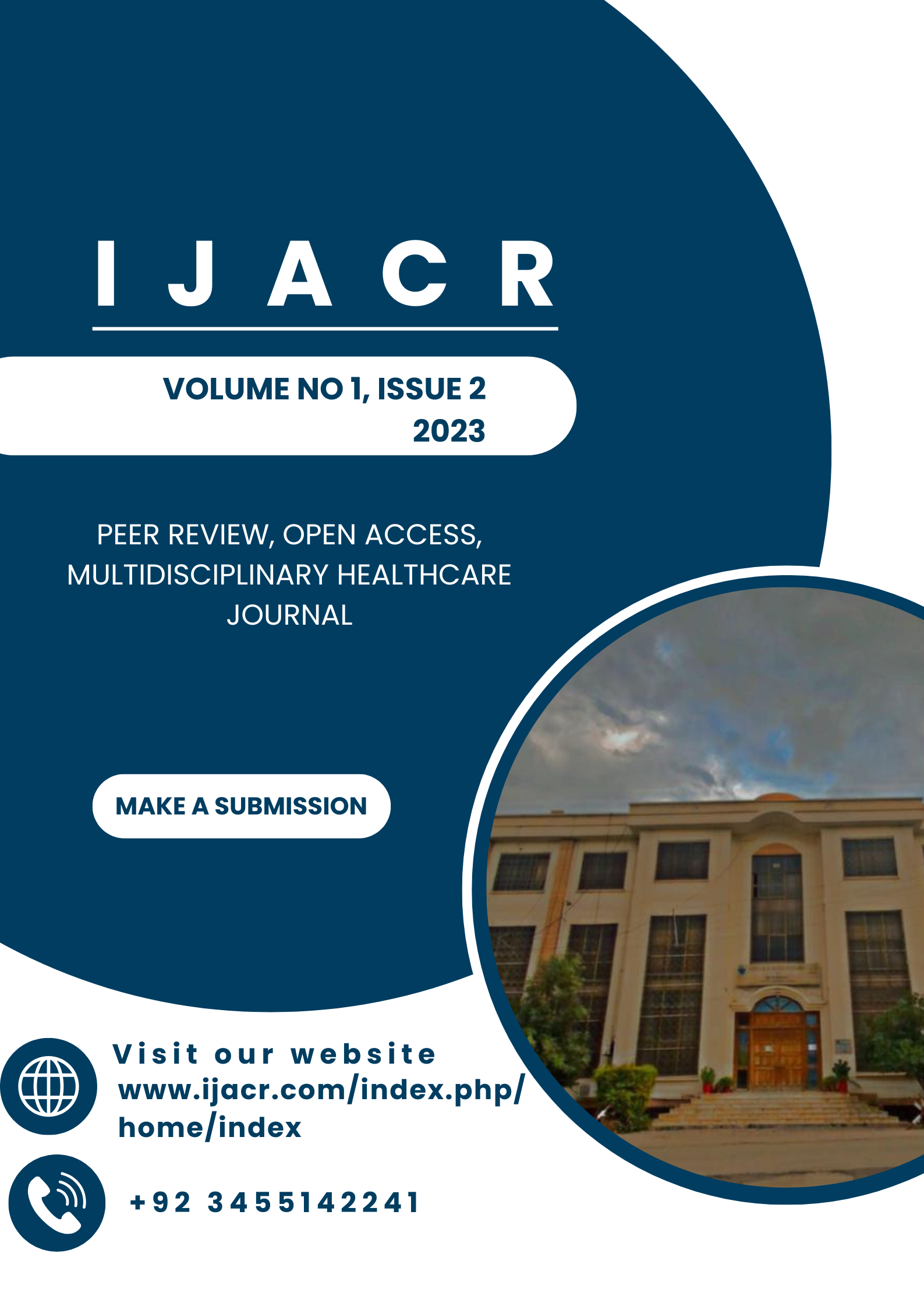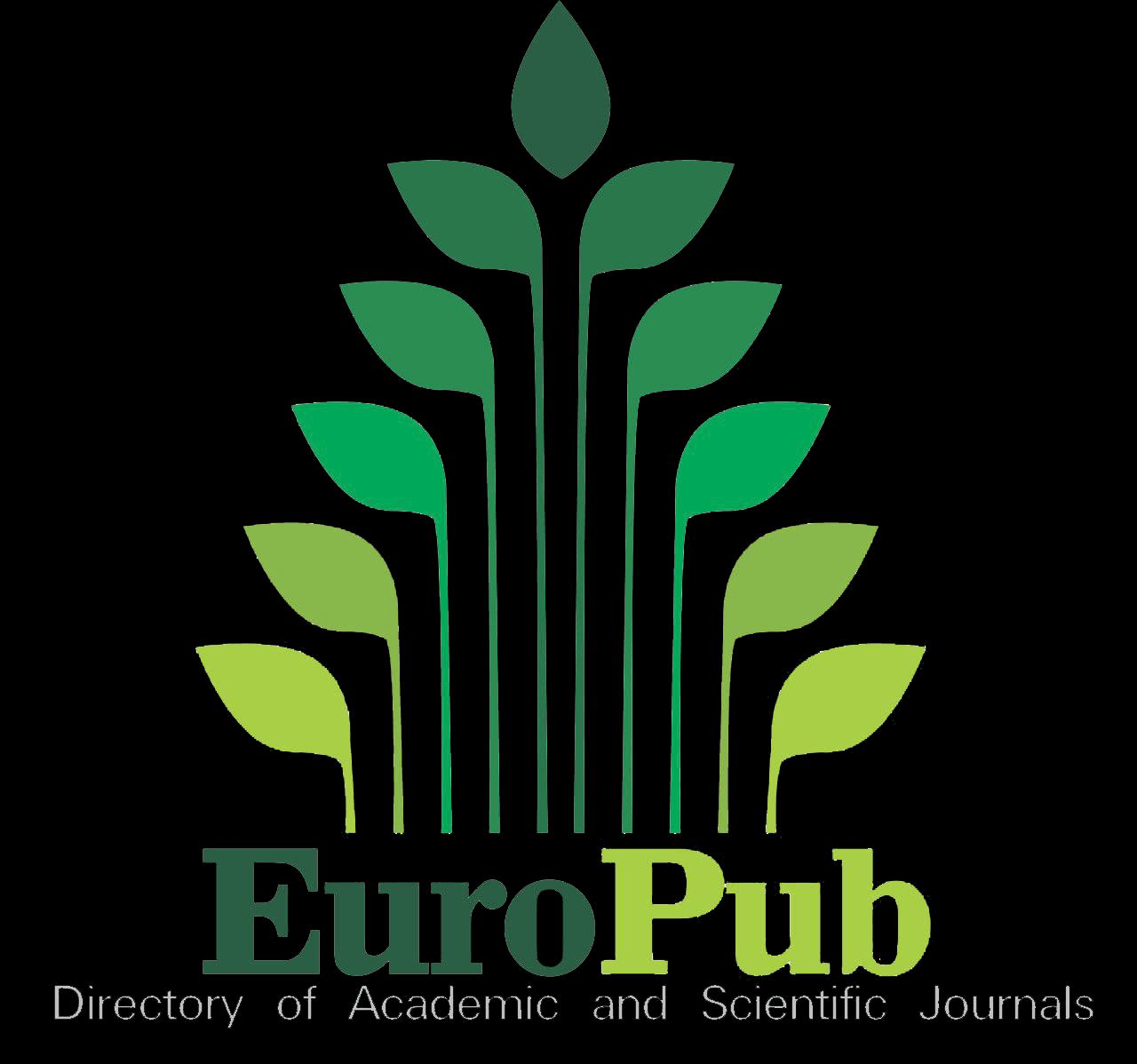The molecular characterization of β-Thalassemia in Afridi and Wazir tribes of inbreed Pashtoon population showed different patterns, indicating genetic heterogeneity for β-Thalassemia
Keywords:
β-thalassemia (β-thal); Hemoglobin(Hb), Prenatal Diagnosis (PND)Abstract
β-Thalassemia (β-thal) is a monogenic disease resulting from mutations in the HBB gene, leading to aberrant globin production and causing hypochromic and microcytic anemia. The current study aimed to assess and compare the incidence of the most frequently occurring mutations of beta-thalassemia in sub-tribes Afridi and Ahmadzai of the Wazir tribe belonging to the Pashtoon Ethnicity, additionally the study investigated the inheritance pattern of these mutations in affected patients and the prevalence of consanguinity among the parents. Furthermore, this study holds potential significance in the context of prenatal diagnosis (PND), Genetic counseling, and carrier screening to control the occurrence of affected births not only in these tribes but in the entire Pashtoon Population. During the current research, 300 peripheral blood samples of affected patients, their parents, and siblings were compiled both from families having at least one transfusion-dependent child and sporadic patients from Ahmadzai Wazir residing in different areas of Wazir subdivision Banu Khyber Pakhtunkhwa (KPK), Pakistan. The same procedure was followed for collecting 300 peripheral blood samples from Afridi Wazir residing in different areas of Wazir sub-division Banu and Nort Waziristan Tribal District (NWTD), KPK, Pakistan. These samples were analyzed for the six most common β-thalassemia mutations found in the Pashtun population via the amplification refractory mutation system-polymerase chain reaction (ARMS-PCR) technique. Results obtained were a bit unique as the most common mutation detected in Afridi Wazir were Codons 41/42 ( – TTCT), interestingly followed by frameshift codons FSC 8/9 (+G) (HBB: c.27_28insG), IVS-I-5(G>C) and FSC-5 (–CT). While results obtained for Ahmadzai Wazir were different than the above, and interestingly reported IVS-I-5 (G > C) to be the most recurrent followed by FSC-5 (–CT) among the six reported mutations. The findings of the present study show differences within the geographically adjacent situated sub-branches of highly inbreed Wazir tribe of Pashtoon Ethnicity, clearly demarcating genetic heterogeneity for β-Thalassemia. These observations need serious consideration in implementing parental meetings about disease recurrence in the future, large-scale mutation screening, and PND for the population of the Wazir tribe and the whole Pashtun ethnicity as well.


